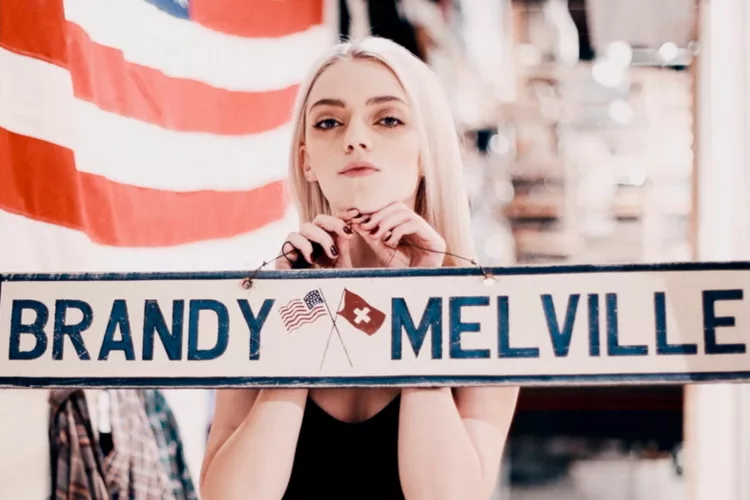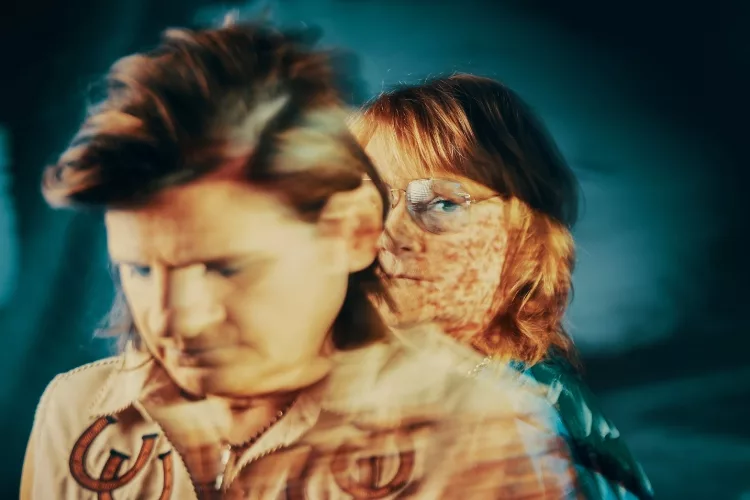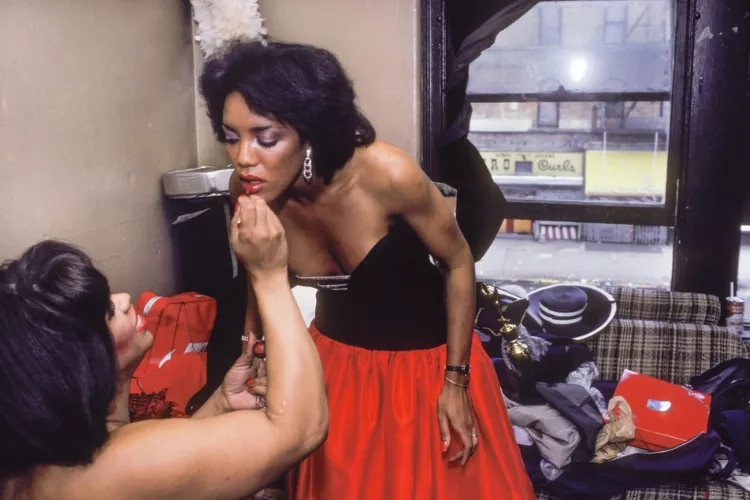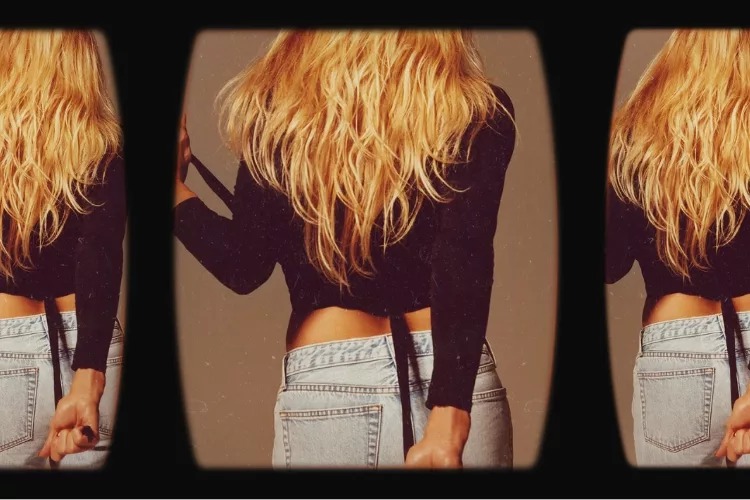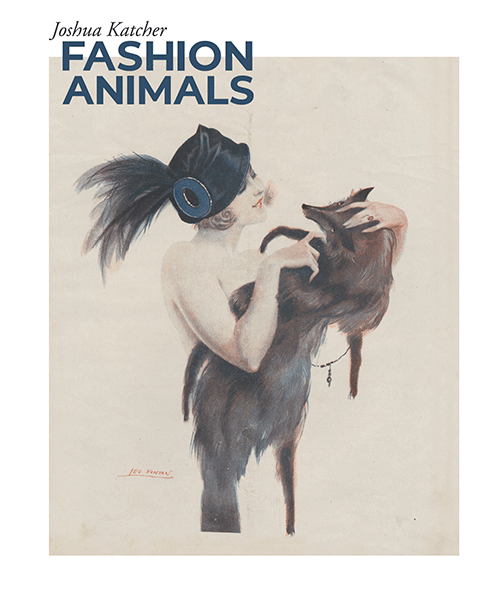
The fashion mausoleum may be spectacular, still and full of soft and exquisite things – but we mustn’t mistake the stillness for peace nor the softness for goodness. Despite the décor, there is little sympathy for fashion’s dead, nor mercy for it’s doomed. I dedicate this book to every animal whose body has vanished into a silent fashion object. You did not go quietly. You did not go prettily. You did not go willingly.
So writes designer, educator and activist Joshua Katcher, in the dedication to his new book, Fashion Animals. Designed to sit easily among the most elegant art books, Fashion Animals is positioned to be a game changer in the conversation of fashion, fur and how we can shift the conversation to protect animals permanently. Read our interview with him below and then find it here.
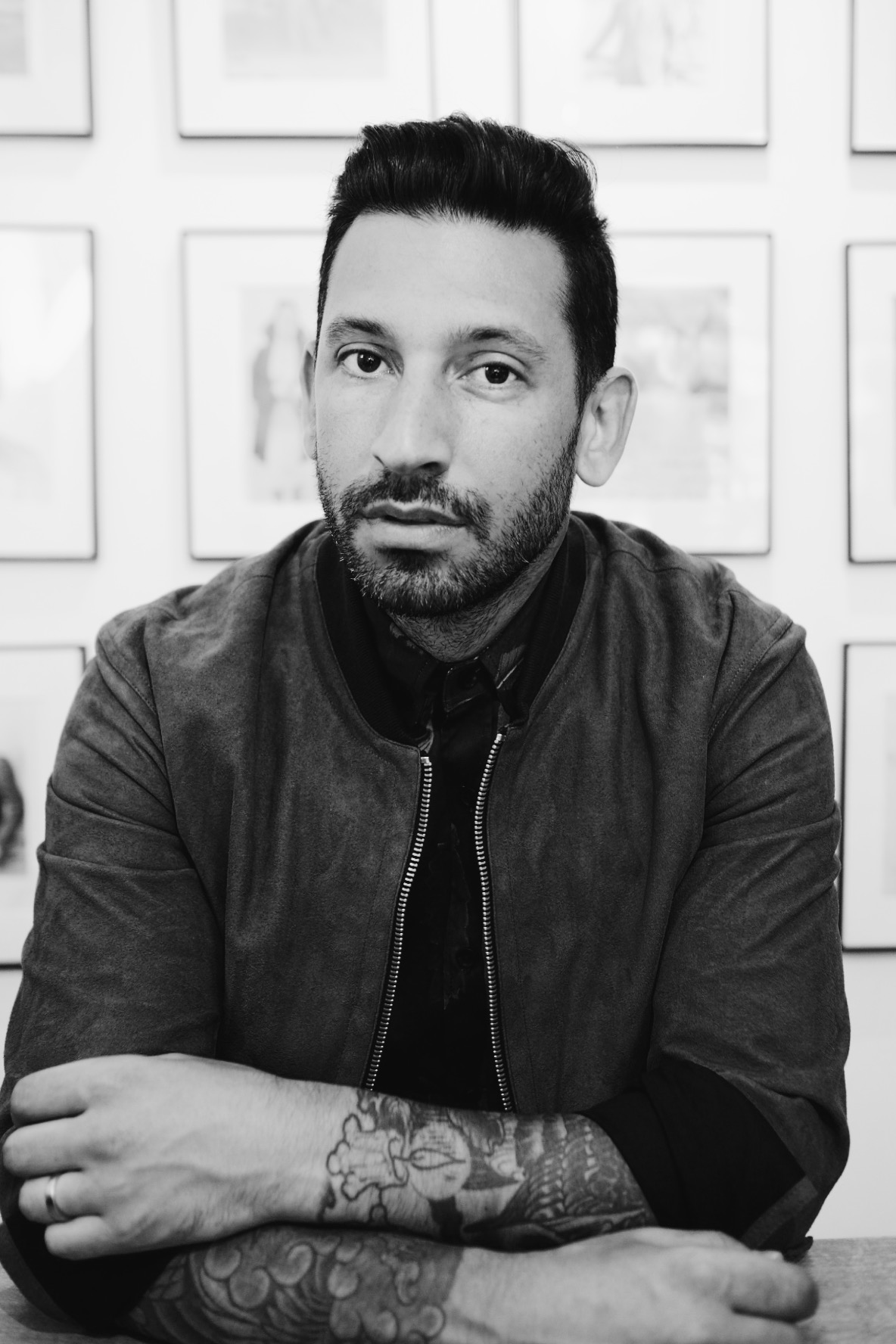
You are a passionate vegan and animal rights activist. Were you always this way or was there a sort of awakening to this way of being?
When I went vegan about 20 years ago, initially it was in response to learning that the single greatest cause of rainforest deforestation was clear-cutting for cattle grazing and growing things like soy to feed cattle. Then I learned about factory farms and slaughterhouses and the ethical side of it became the primary impetus for staying vegan. At the time, the mainstream perception of veganism was that it was a bland regimen for martyrs. However, as much as it made for uncomfortable conversations at the dinner table, it was the only practical thing to do in response to learning about what was happening to animals on farms, in laboratories, and in the fashion and entertainment industries.
I grew up loving animals and nature, but learning to accept that animals were individuals with complex and sophisticated social and emotional lives was a learning process that went against most things I was taught about religion, food and human nature. I also grew up reading comic books – and the themes of rebellion, truth and justice have always resonated with me. Justice has always seemed possible.
How long have you been working on this book?
It’s been about five years since I decided to write a book. I can’t believe it’s been that long, but I needed that time to do it because I am so busy with multiple projects. Plus, the amount of research I needed to do was extensive.
Why a big beautifully illustrated book as opposed to say a more academic work? (Not that we don’t love this idea!)
Creatives love beautiful objects. Whether that object is a pair of amazingly-designed shoes, a photograph or a piece of furniture. I am trying to reach creative professionals and aesthetes with this book because they are the ones inside the fashion industry who can make decisions pertaining to what materials are sourced. An academic book might have been appreciated and picked up by existing animal advocates, but it wouldn’t be as effective at reaching the fashion community itself.
Obviously then the images are super important for Fashion Animals: How did you find/curate the ones you’re using?
I scoured fashion archives like the special collections at FIT and Parsons. I looked through online catalogues and various university’s digital databases. Often there is no indication if an animal is present in an image or illustration – so it was a lot of looking at many, many images until I’d find one that depicted exactly what I was looking for. There’s a French fur catalog from the early 1900s from which I’d seen a digital scan, and I was determined to get my hands on an original copy. It took me two years, but I finally got a copy from a couple of antique art/book dealers in Paris!
Regarding the types of images I was after – it was very specific. I mostly wanted to find images in which a living animal would be present as well as fashion objects made from dead animals (and sometimes they’d be the same kind of animal). The French fur catalogue did just that – it depicted leopards snuggling up on models wearing leopard skins. There were baby lambs playing about the legs of a model draped in Astrakhan. These images reveal an ideology. They tell a contradictory story that is a major focus of my book wherein we lie to ourselves about “loving animals” while at the same time harming and killing animals en masse to make fashion.
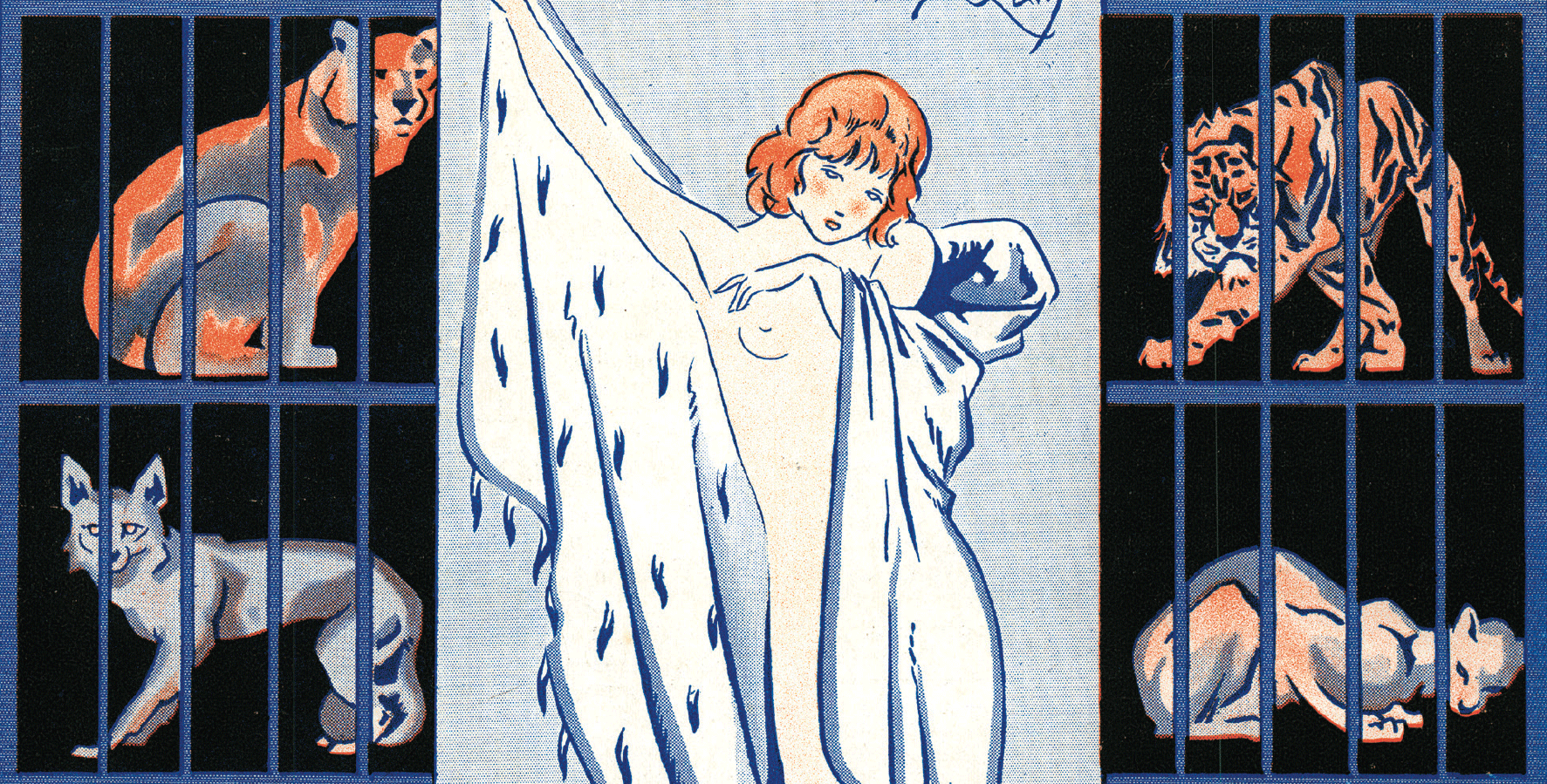
Gucci recently made headlines by going fur-free in the future even though other designer’s renounced fur much earlier such as Calvin Klein back in ’94. Do you think that fur might be becoming less socially acceptable now as part of a sort of larger social awareness that is happening?
I am not sure if fur is going away anytime soon. Look at the popularity of Canada Goose, for example. I mean, I’m thrilled that some luxury designers are going fur-free finally, but there is still a major issue that is rarely confronted and doesn’t seem close to going away. That issue is fur’s designation as an exclusive symbol of power and access. It’s an object that, for hundreds of years, has represented royalty and wealth and power. It was enforced by sumptuary laws. Part of that power is ruthlessness and brutality – and so the anti-fur movements cornerstone of exposing cruelty doesn’t tend to work on everyone because it is up against a desire for power, and rewards of power tends to trump compassion. Power often requires an abstract idea of cruelty (or should I say that it is expected of those in power to be capable of mass cruelties). So until we really get down to the details of why fur is so sought after and we expose it as ordinary and tacky, I don’t think we’ll ever be rid of fur as the ultimate visual form of having achieved power.
What was the most exciting part of creating this book?
I uncovered some truly shocking and fascinating stories that people will want to know about. Some of it is just too unbelievable, and I am not sure why no one had come across some of this information before. The book is going to cause some waves for sure.
Finally what are one to three books that have greatly influenced you and why?
In high school, Peter Singer’s Animal Liberation gave my feelings about what was happening to animals a sense of seriousness.
In college, Daniel Quinn’s Ishmael taught me that nothing that is, is inevitable; that culture and even civilization itself can be questioned, challenged, changed.
More recently, Lars Svendsen’s A Philiosopy of Evil taught me that cruelty isn’t an outside force. It is ordinary and it’s you and me.
We’ll finish up with this from Joshua:
Right now there are hundreds of millions of animals on fur farms, in industrial shearing operations and in line for slaughter so that the fashion industry can profit from their skins, hairs and feathers. Fashion Animals sheds light on an industry that is too often brushed off as something inconsequential. Far from being trivial, fashion has had enormous global impacts on animals and there is a riveting history of everything from extinctions to the use of animals as seductive symbols of power.
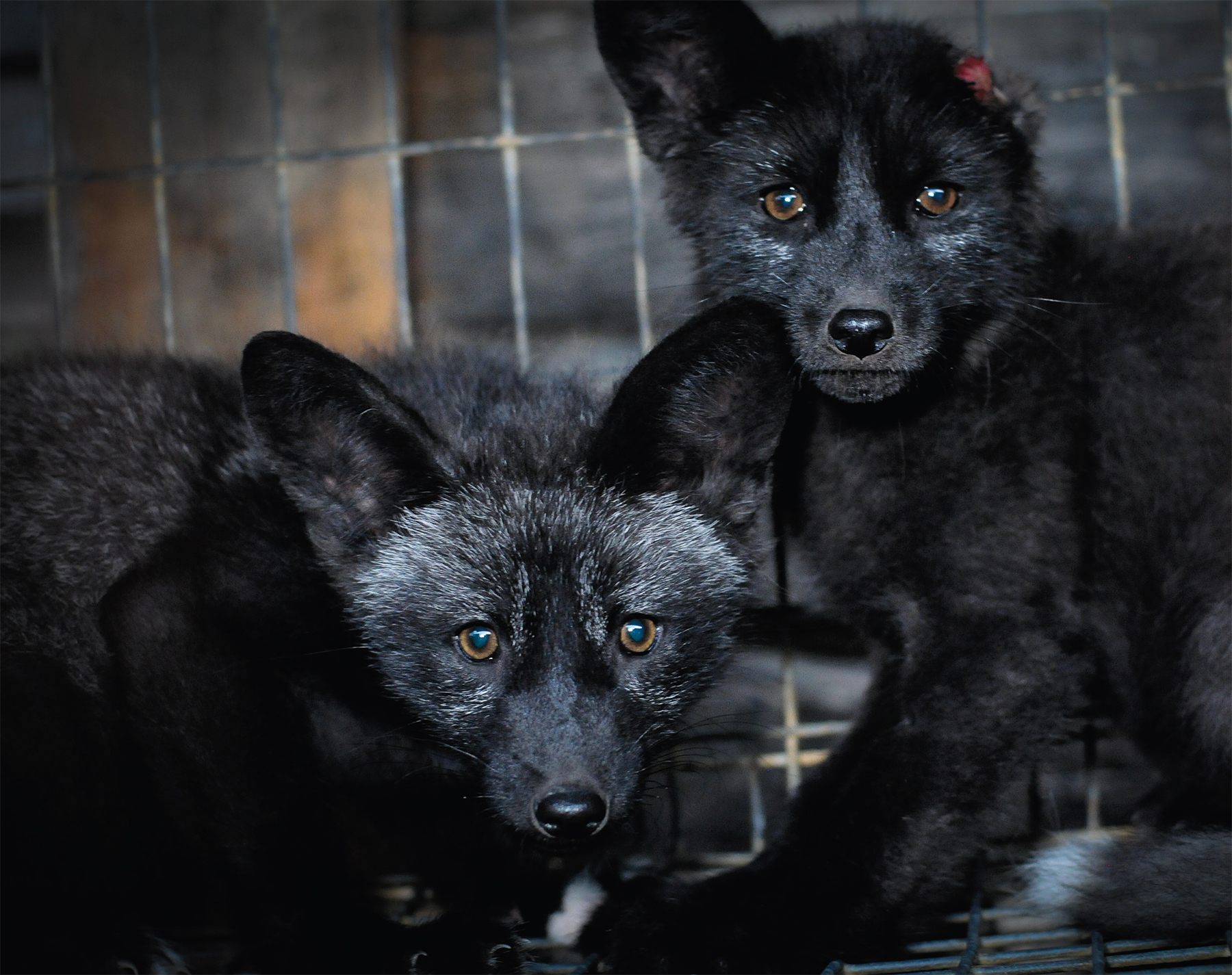
–Katya Moorman
Related Articles
What is Cruelty Free Beauty Really? We explain what it is and why it matters
Are Animals Used In Your Beauty Products?
Queer Brown Vegan –An interview with our favorite intersectional, environmental educator
We Explain Veganuary + 5 Books on Going Vegan

